7 Fluids in Your Car You Need to Pay Attention to
Checking the different fluid components in your vehicle is an inexpensive way to prolong its service life.
Your car is made up of more than just gears and bolts. It’s made up of thousands of itty-bitty pieces that make the whole thing run in one piece. This is why if there’s something wrong with any of the components, big or small, the overall performance will also be affected. This is a good reason enough to take care of your car components, including its seven fluids.
Not only that, but the number of damaged components can also add up if the problem is prolonged. That means the amount you need to spend on repair can also get higher. This is what maintenance routines are mainly for.
Maintenance routines call for inspections on various parts of your vehicle. Since cars are machines made up of parts, these parts will eventually wear out and require replacements. If they aren’t replaced or replenished by the time they need it, it can take a toll on your vehicle.
The same applies to the important fluids in your vehicle. But what exactly are those important fluids? What do they do for your car? How important are they? How do you care for them? Get all the know-how right in this article from Philcarnews.com:
Checking Fluids
Checking the different fluid components in your vehicle is an inexpensive way to prolong its service life. Here are the different fluid components in your car that need your care:
1. The Oil
This is the essential oil crucial to keeping the moving parts in your vehicle lubricated. If you roil isn’t replaced when it’s necessary, there will be metal-on-metal contact within the moving parts of your vehicle.
To check the oil in your car:
First, get your car heated up by going for a drive. A short 10-minute drive will do. After that, just wait for it to cool down. A five-minute rest should do the trick. Then, pop the hood and take out the dipstick from the oil chamber. It is usually located somewhere at the front of the engine. Once you get your hands on it, wipe the dipstick using a tissue or rag. After that, just dip it back into the oil chamber. Then, pull it out. It should reveal just how much oil is left in your tank.
If the oil seems low, you need to have this refilled. Check the cap of the oil chamber for some advice on how much oil there should be. It should also tell you what kind of oil you should use.
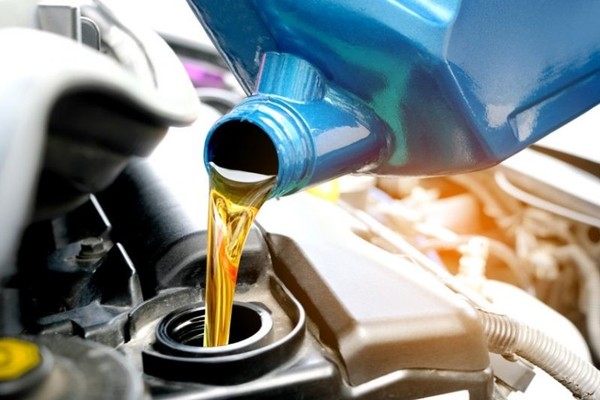
Engine oil keeps the moving parts in your vehicle lubricated.
2. The Power Steering Fluid
The power steering fluid is responsible for, you guessed it, the power steering system. To check up on this, you first have to locate the power steering fluid tank. Its reservoir should be just under the hood somewhere near the passenger’s side.
If you do suspect any of the reservoirs to be the one for power steering, it should at least have the word “steering” on it. The container is usually opaque on most vehicles. This will easily let you know if there’s fluid left. If not, do the same thing you did with the oil tank. If there’s low fluid, add more.
>>> Related: How to Extend the Life of Your Car
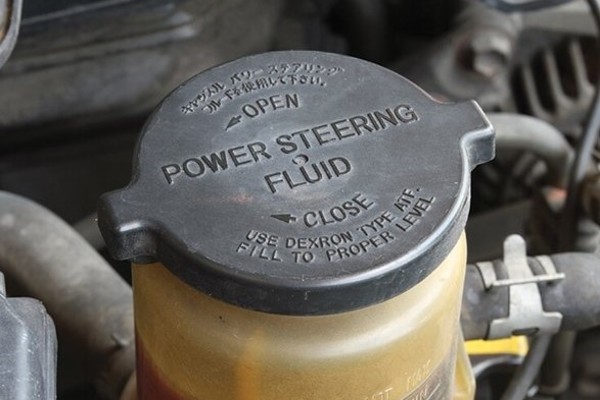
The power steering fluid is responsible for the power steering system.
3. Air Conditioner Coolant
Just before summer kicks in, check your air conditioner coolant. This is also referred to as Freon or refrigerant. Doing a DIY inspection on this fluid can be complicated but still doable. You will need a thermometer and an A.C gauge. If the coolant is low, you will need to recharge it. Otherwise, you will have to put up with warm air sooner or longer.
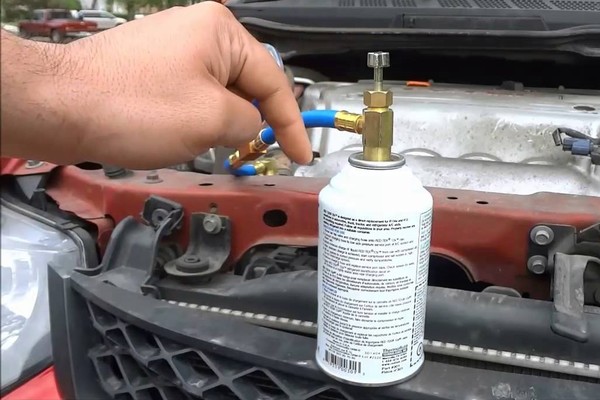
Just before summer kicks in, check your air conditioner coolant.
4.The Washer Fluid
The washer fluid doesn’t help your engine run any better. But it sure does help you drive safely on the road. What’s better is that replenishing your washer fluid is actually easy to do. A lot of vehicles usually have opaque reservoirs with the label “washer” or windshield.” Once you find it, do not use plain soap and water mixture. Instead, get dedicated washer fluid. This will help remove the sticky insects and grime from the windshield.
If that’s not part of your budget, you can still improvise. Rather than using soap and water, use the wind cleaning solution you use at home. This should work fine. But stick to the regular windshield-cleaning solution as much as possible.
>>> Related: 4 Car Parts to Check After Flood
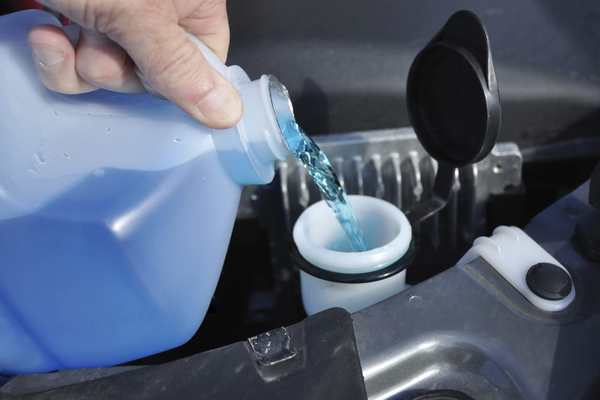
Replenishing your washer fluid is actually easy to do.
5. The Radiator Fluid
The radiator fluid has a very important job. This is the fluid that’s responsible for keeping the vehicle’s engine from overheating. A common misconception is to check this liquid when the weather is cold. That is totally wrong. One should check this when the vehicle is freshly driven.
Also, take note that the inside of the radiator is highly pressurized. So try not to remove the cap while the engine is still hot, especially when it’s running. Once you find the radiator reservoir, take a rag and remove the cap with it. Take a look into the container and see if the liquid is close to the top. If not, add more radiator fluid.
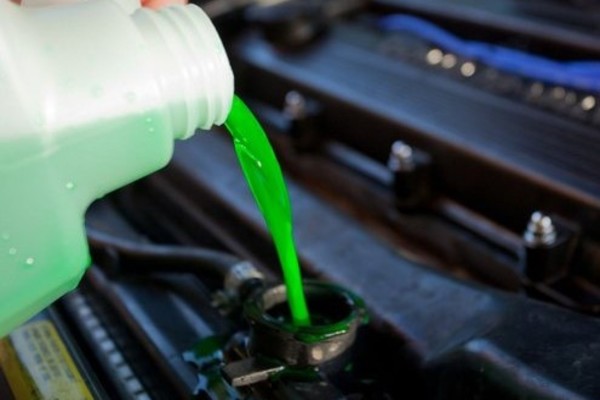
The radiator fluid is responsible for keeping the vehicle’s engine from overheating.
6. The Transmission Fluid
The transmission fluid, like most other fluid components in your vehicle, is responsible for lubricating the transmission system. A lubricated transmission system helps prevent more expensive issues from coming your way. Once you pop the hood, you should be able to see another dipstick. This is aside from the one in the oil. But you can take out the dipstick from this and check it the way you did with the oil. If the transmission fluid is low, add some more.
7. The Brake Fluid
The brake fluid is a pressurized fluid that’s responsible for adding power to your brakes. This is usually found at the back end of the engine compartment. Once you find it, clean the outside free from dust and dirt first. Foreign material is not good for your brake fluid. Then, use a screwdriver to remove the cap. Then, peek inside to see how much brake fluid is left. The brake fluid should be at least half an inch from the cap. If not, add some more.
>>> Find more useful tips and advice for car buyers, click here!
RECENT ARTICLES









